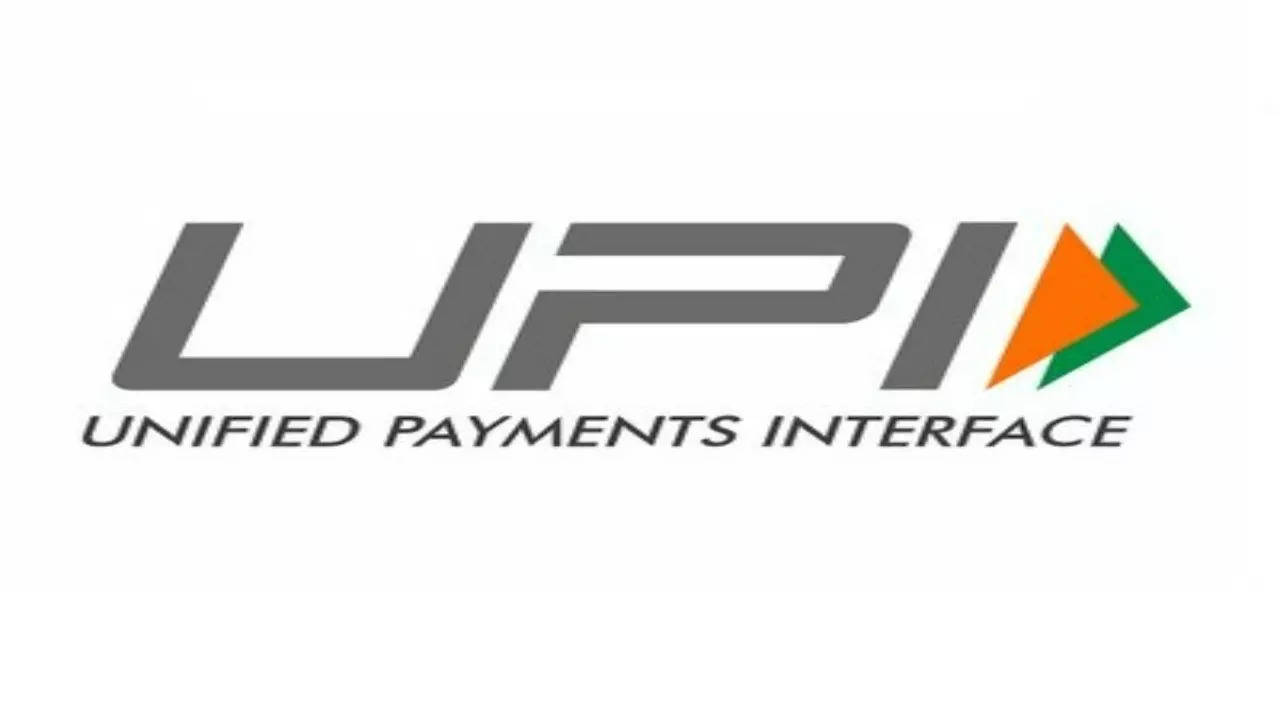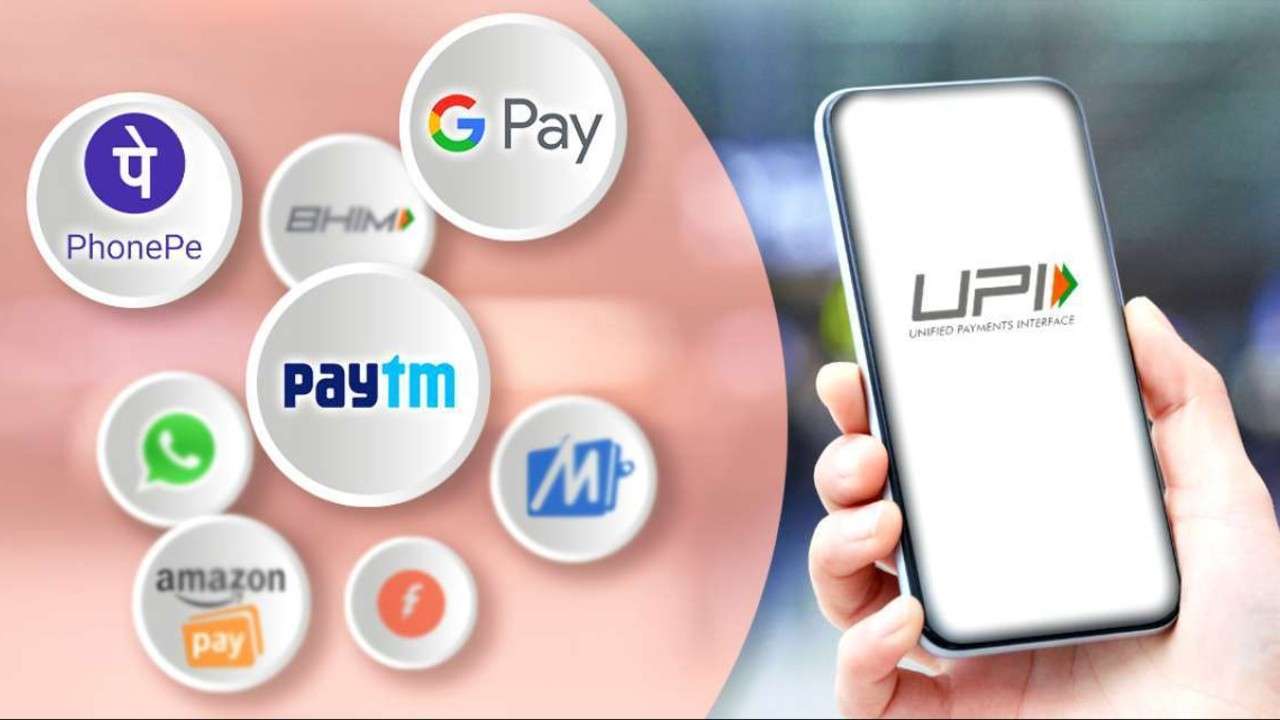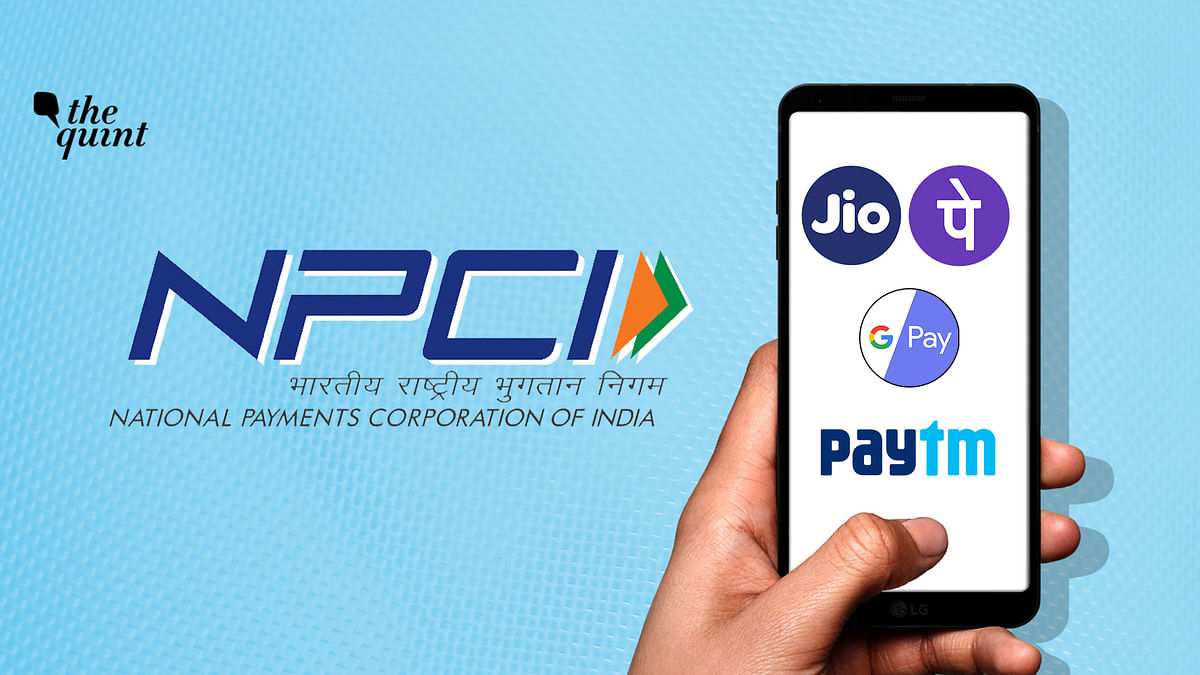Innovative Declaration UPI Set to Magically Vanquish 90% of Retail Digital Payments by 2026-27!
Revolutionizing Retail: UPI's Magical Triumph over 90% of Digital Payments by 2026-27

According to projections, it is anticipated that Unified Payments Interface (UPI) transactions in the nation will attain a remarkable milestone, reaching a daily volume of 1 billion by the fiscal year 2026-27. These transactions are set to dominate the retail digital payment landscape, constituting an estimated 90% share. This growth trajectory signifies the increasing popularity and widespread adoption of UPI as a preferred mode of payment, revolutionizing the way individuals engage in financial transactions across the country.

According to a report, the introduction of UPI in 2016 has revolutionized India’s digital payments landscape, earning the title of a “game-changer.” This innovative system has garnered widespread acceptance due to its remarkable attributes, such as instant and real-time transactions, the ability to provide beneficiaries with immediate credit, and seamless integration of various use cases through the utilization of application programming interfaces (APIs).
UPI‘s interoperability ensures convenient payment processing, while its secure mode of transactions instils trust among users. Notably, customers are relieved of any additional costs, further enhancing the appeal of this platform. Additionally, it’s adaptive framework caters to the needs of both mobile networks and fintech companies, making it an all-encompassing solution in the digital payments ecosystem of India.

The Unified Payments Interface witnessed a significant growth trajectory over the years. In the fiscal year 2016-2017, UPI recorded approximately 18 million transactions, with a total value of ₹69.61 billion. Fast forward to the fiscal year 2022-2023, and the numbers skyrocketed, reaching a staggering 83,751 million transactions and an impressive transaction value of ₹1,39,204 billion.
These figures highlight the remarkable compound annual growth rate (CAGR) of UPI, which stood at 234% in terms of transactions and 196% in terms of value. This substantial growth signifies the increasing popularity and widespread adoption of UPI as a preferred payment method within the Indian financial landscape.
Three significant trends have recently surfaced within the UPI framework, each bringing forth unique advancements. Firstly, the integration of credit cards into UPI has emerged as a noteworthy development, providing users with the convenience of utilizing their credit cards for UPI transactions. This linkage empowers individuals to seamlessly leverage their existing credit card networks while enjoying the benefits and ease of UPI-based payments.

Secondly, Unified Payments Interface has expanded its capabilities to facilitate international transactions, enabling users to engage in cross-border payments through this versatile platform.
This breakthrough has opened doors for global transactions, bridging geographical boundaries and promoting seamless commerce on a global scale. Lastly, another notable trend in UPI is the introduction of credit lines within the platform.
This innovation allows eligible users to access credit directly through UPI, streamlining the process and eliminating the need for traditional credit applications.
These three prominent trends, encompassing the integration of credit cards, international transactions, and credit lines, demonstrate the continuous evolution and growth of Unified Payments Interface as a versatile and efficient payment system.
In 2022, the Reserve Bank of India (RBI) made a significant announcement regarding the integration of RuPay credit cards with the Unified Payments Interface (UPI), aiming to deliver a streamlined and digitally enhanced credit card experience for RuPay cardholders.
This initiative allows customers to effortlessly link their UPI ID on popular platforms such as Bharat Interface for Money (BHIM) or other UPI apps, leveraging their registered mobile number that is already associated with their credit card account. As a result, users can enjoy a seamless and convenient credit card lifecycle, enabling them to transact securely and efficiently in the digital realm.
The credit card on UPI feature provides users with the convenience of conducting small-scale transactions while offering RuPay cardholders the opportunity to enjoy a credit limit period ranging from 45 to 60 days, even for these low-value transactions.
Users have the advantage of earning reward points and receiving cashbacks on these modest transactions, thereby enhancing their overall customer experience and fostering increased engagement.
According to the report, the implementation of credit card on UPI, international transactions for foreign inbound travellers, cross-border transactions on UPI, and credit lines on it will not only generate extra revenue but also offer advantages to all participants within the ecosystem.

According to the report, the National Payments Corporation of India (NPCI) has suggested imposing an interchange fee of up to 1.1% of the transaction value on PPI-UPI transactions exceeding INR 2,000. In light of this, the report highlights the need for waiving the Merchant Discount Rate (MDR) for small-scale merchants.
Merchants in this category have relatively small ticket sizes and moderate annual turnovers. Additionally, they face challenges such as last-mile delivery charges and overhead expenses, which result in narrower profit margins for micro entrepreneurs.
Introducing additional charges on Unified Payments Interface transactions would further diminish their margins and discourage the adoption of digital payments in favour of cash transactions.
The report highlights the significance of the Reserve Bank of India (RBI) and National Payments Corporation of India (NPCI) enabling credit and credit card RuPay payments through UPI, considering it a remarkable milestone for the future of Unified Payments Interface.

This progressive step is expected to play a pivotal role in expanding the digital payments landscape in India. By incorporating credit on UPI, this initiative is set to contribute significantly towards enhancing the overall digital payments ecosystem in the country, fostering convenience and accessibility for users.
The report highlights that enabling UPI for international transactions would yield substantial benefits for the Indian economy and global enterprises, while also paving the way for expansion into an untapped market comprising Non-Resident Indians (NRIs) and foreign travellers.
This strategic move would have a profound impact on both domestic and international business landscapes, as it opens up new avenues for growth and enhances the accessibility of digital payment systems. By facilitating UPI integration into international transactions, India can harness its economic potential and foster greater participation in the global financial ecosystem, thereby driving innovation and bolstering economic ties across borders.
Proofread & Published By Naveenika Chauhan




